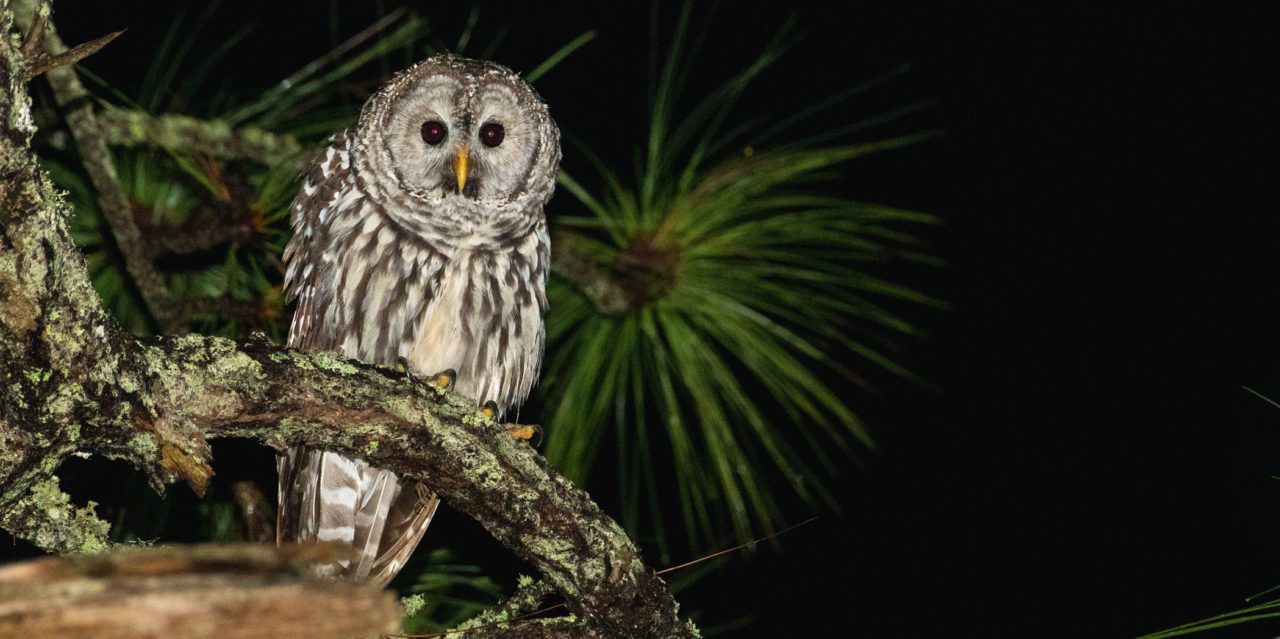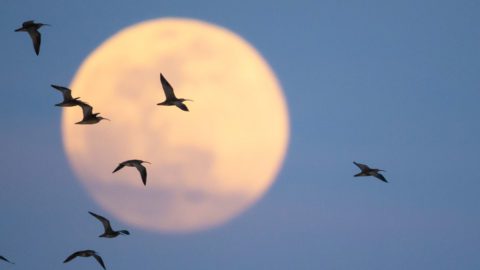Elusive Cinereous Owl Gets Species Status in 2021 Taxonomy Update
By Marc Devokaitis
October 13, 2021
From the Autumn 2021 issue of Living Bird magazine. Subscribe now.
In June 2021, the American Ornithological Society published the annual supplement to its Checklist of North American Birds, detailing the splits, lumps, and newly described species of birds recognized over the past year. In one case, the committee decided that several isolated populations of Barred Owl in Mexico are an entirely separate species, now formally known as the Cinereous Owl.
As recently as 2015, no photographs of the owls from Mexico had been published, and their calls remained undescribed. In research published in August 2020 in the journal Western Birds, Cornell Lab of Ornithology digital media manager Andrew Spencer and Nathan Pieplow from the University of Colorado Boulder compared their audio recordings of the Mexican owls with Barred Owl sound recordings in the Macaulay Library and Xeno-Canto audio archives. The researchers found differences in call types (the “series call” and the “rhythmic call”) between the two owls. The AOS announced the split “based primarily on differences in vocalizations.”
Other notable updates to the AOS bird checklist included:
- A new Bahama Nuthatch species (which unfortunately hasn’t been seen since Hurricane Dorian in 2019) was split out from Brown-headed Nuthatch.
- A new Grass Wren species (which is nonmigratory, living from Mexico to South America) was split out from the migratory Sedge Wren.
- The Mew Gull was split into two species, Common Gull and Short-billed Gull.
- The Northwestern Crow was lumped with the American Crow.

All About Birds
is a free resource
Available for everyone,
funded by donors like you
American Kestrel by Blair Dudeck / Macaulay Library



